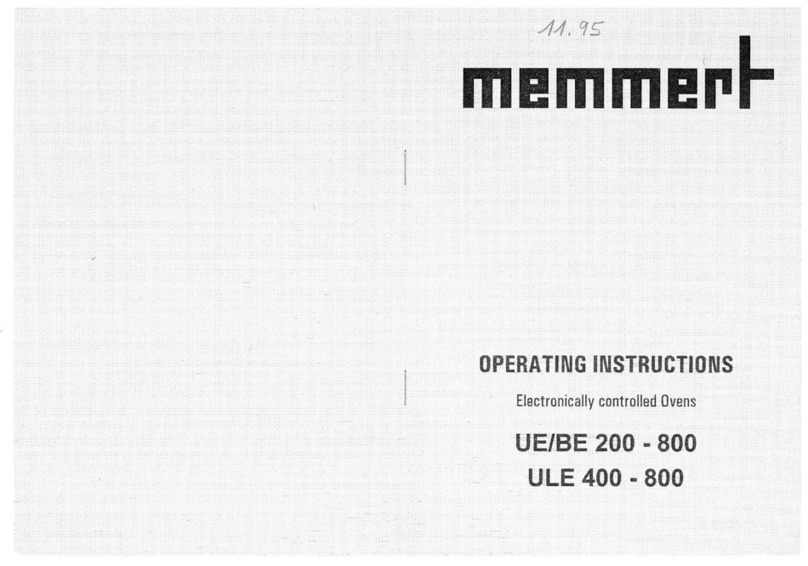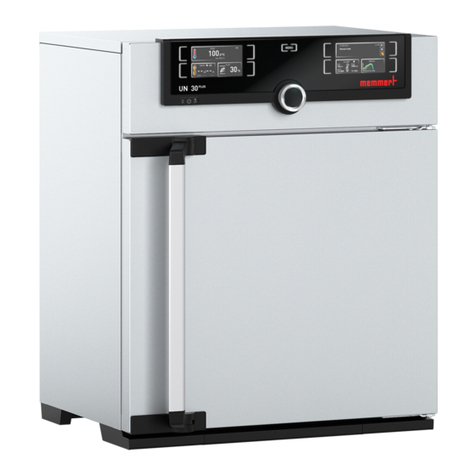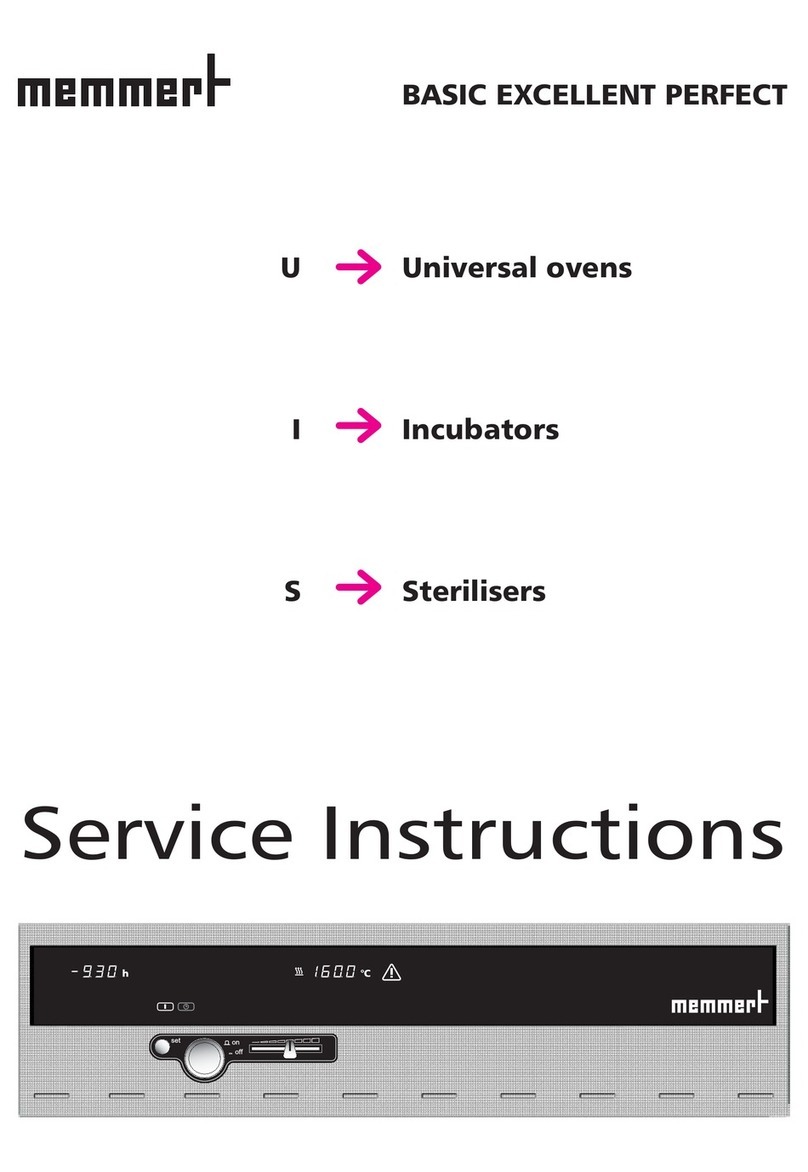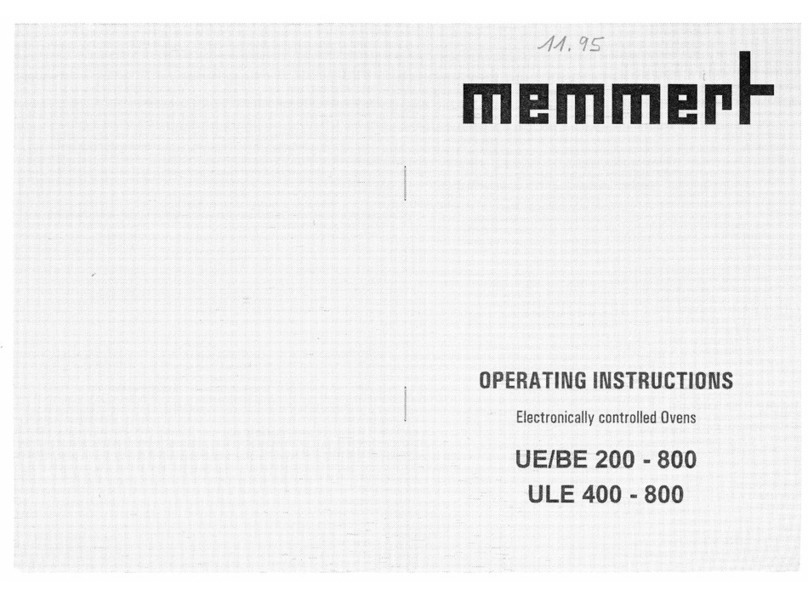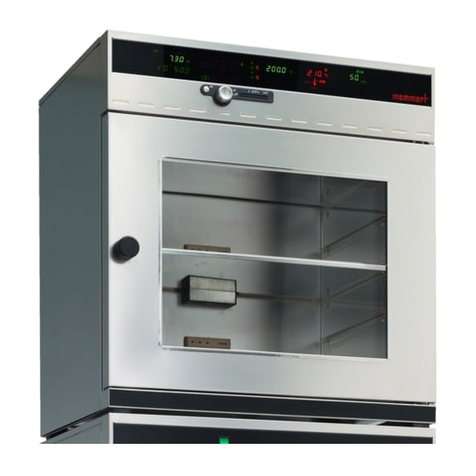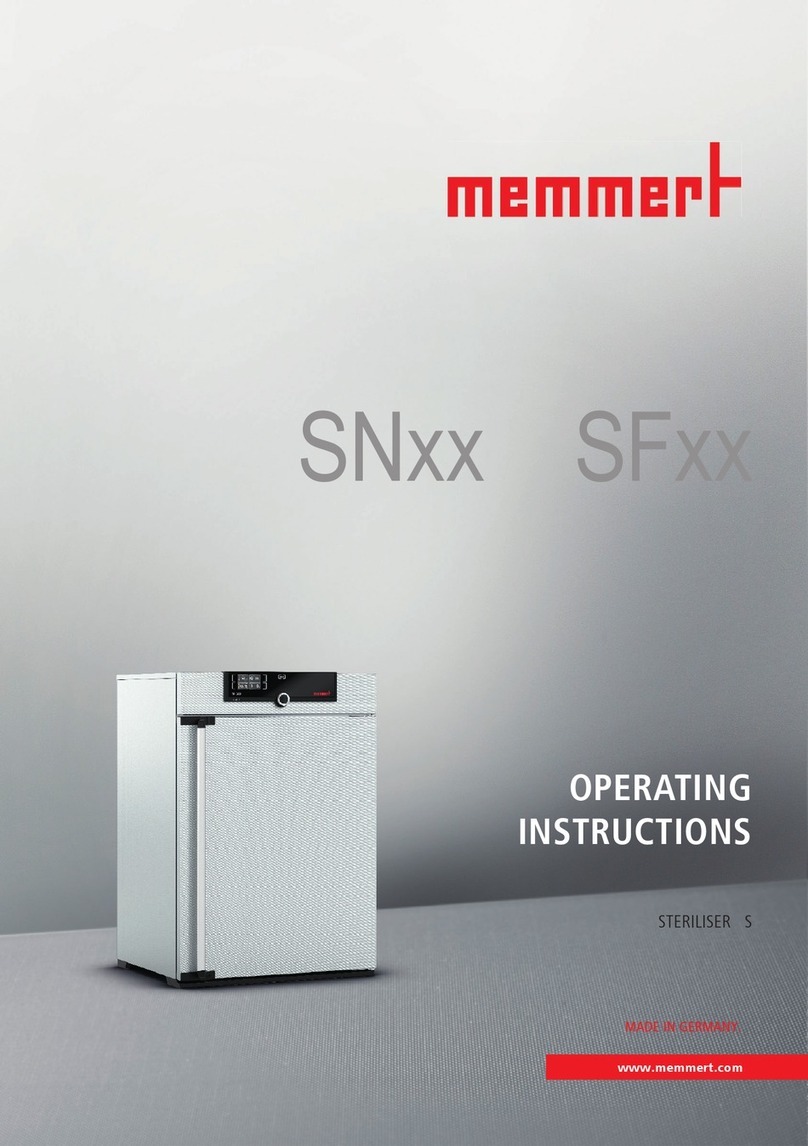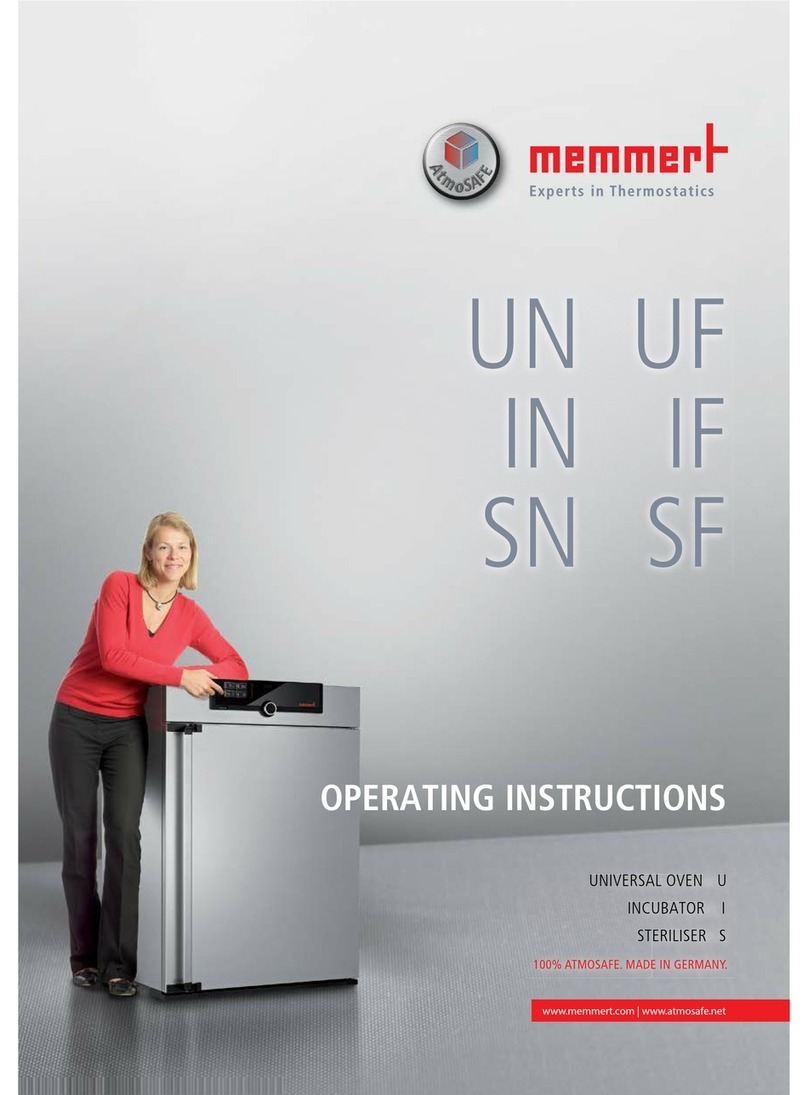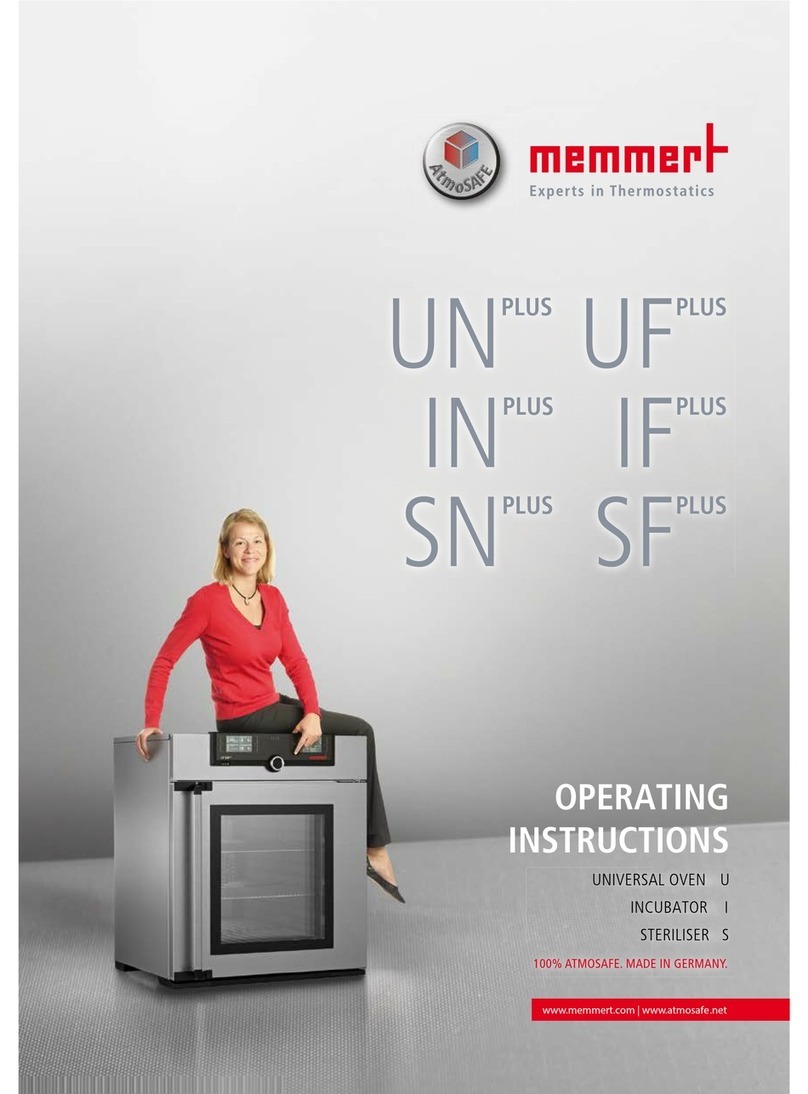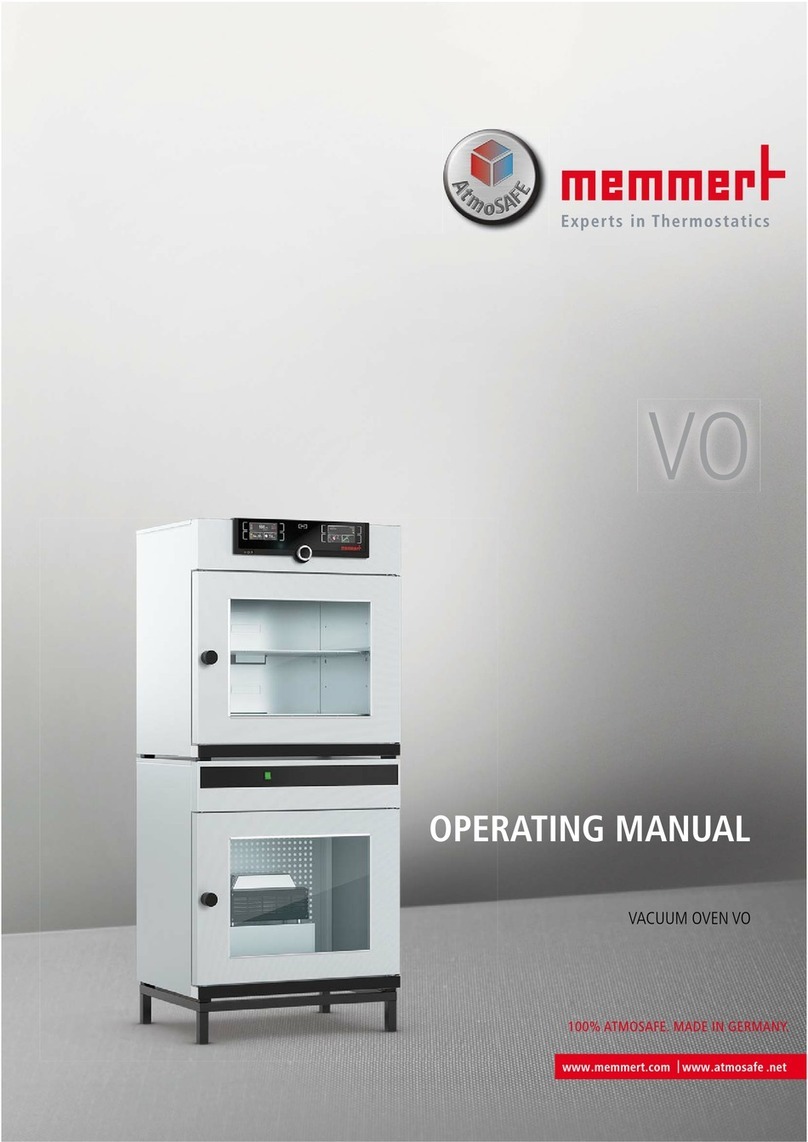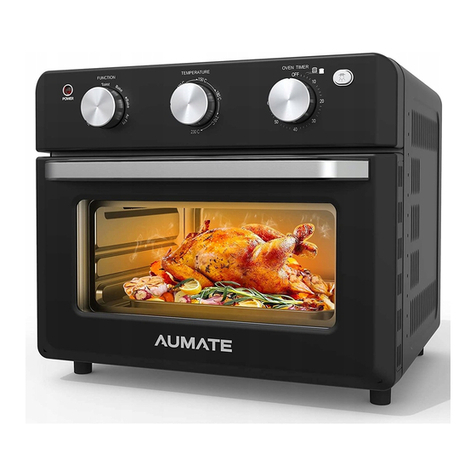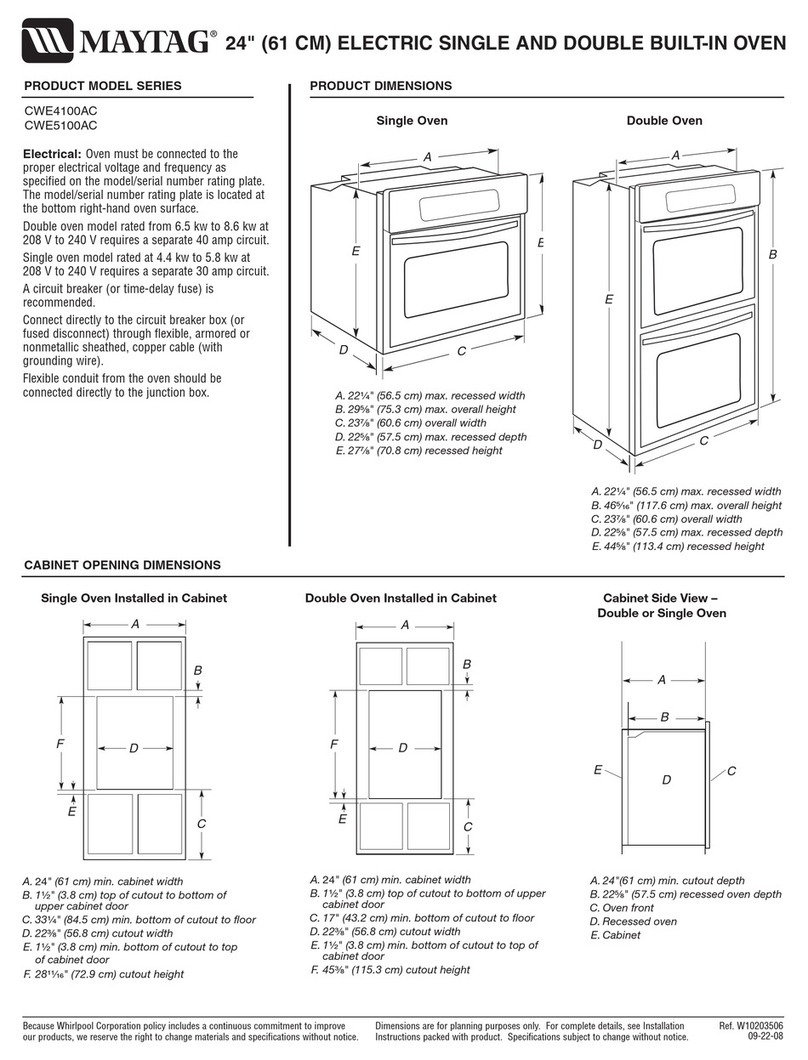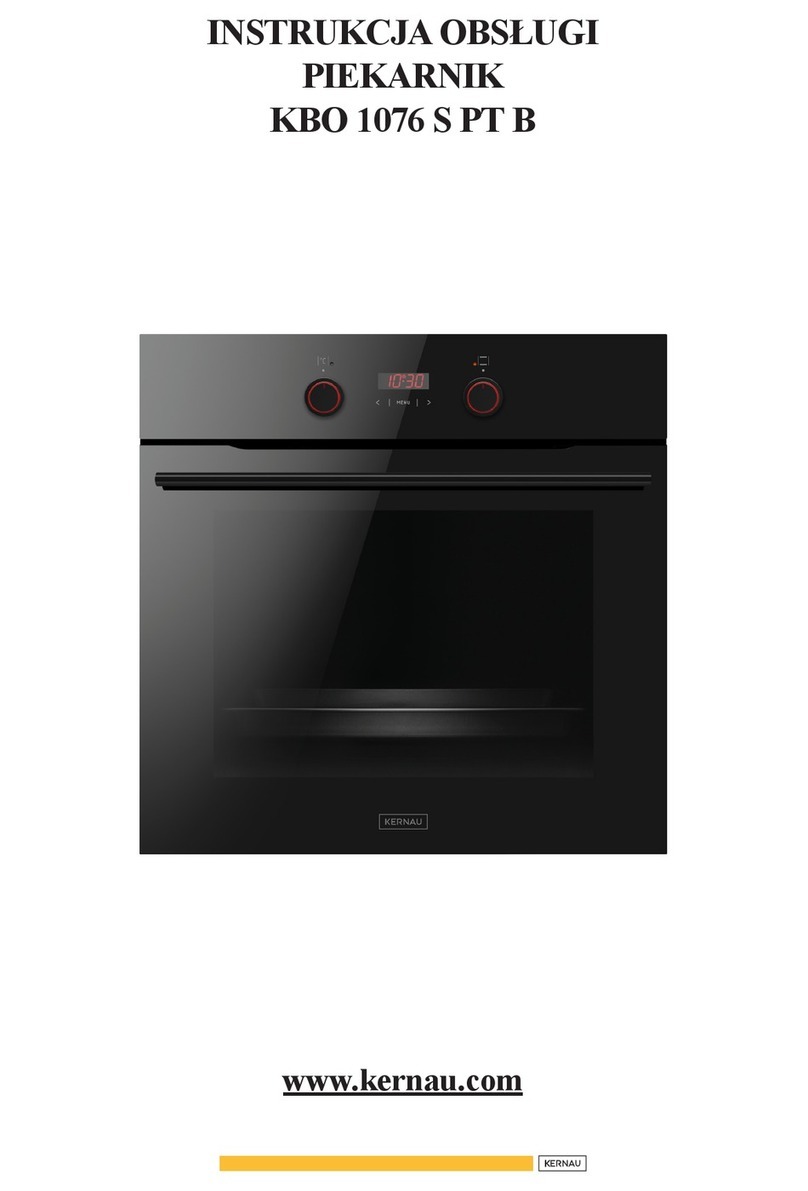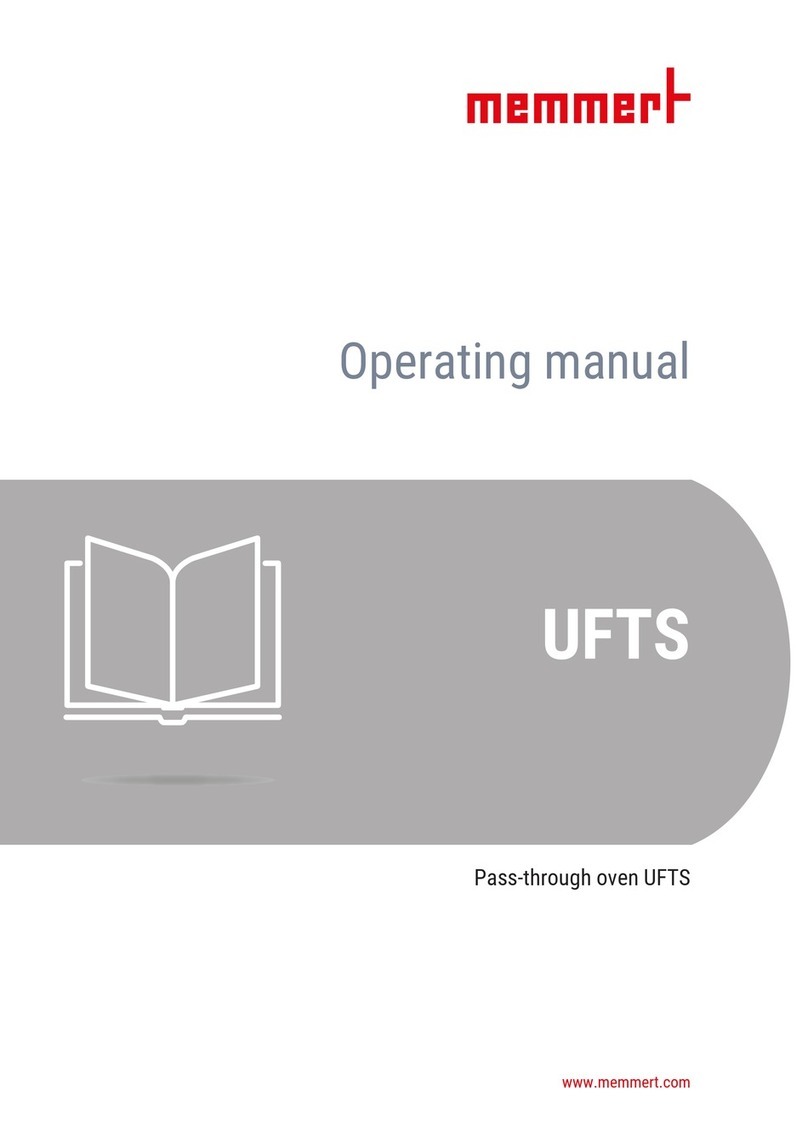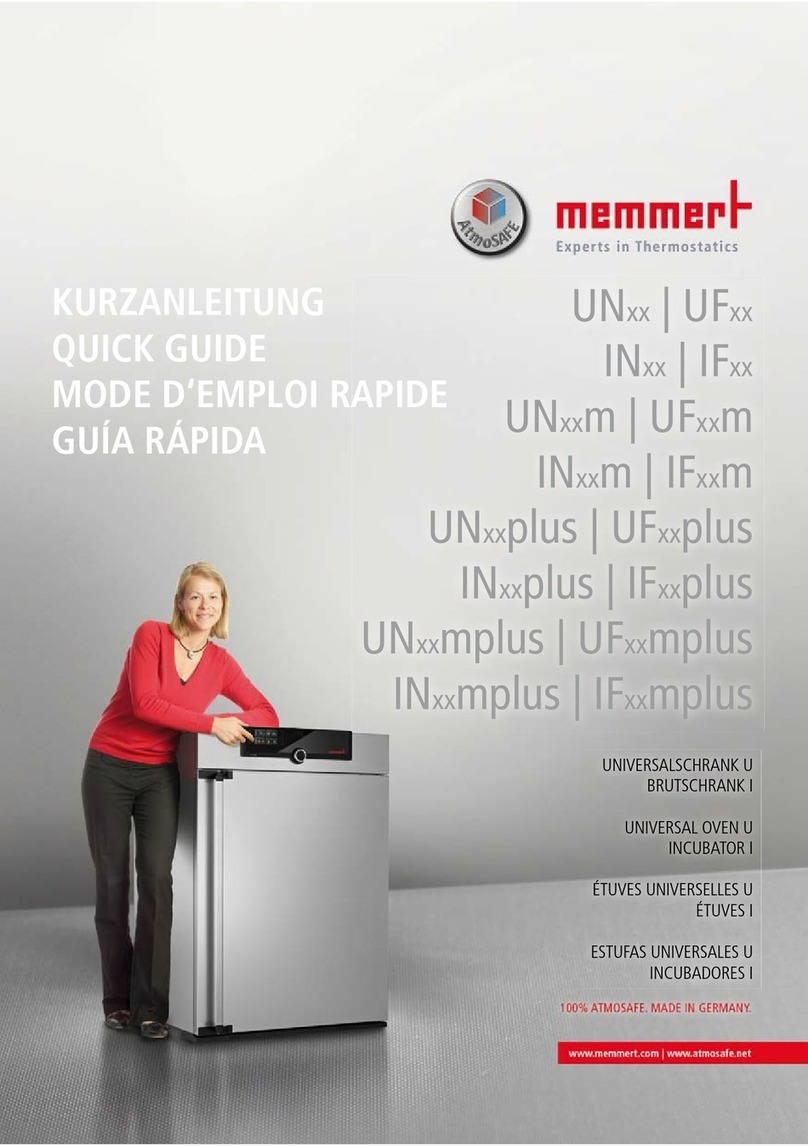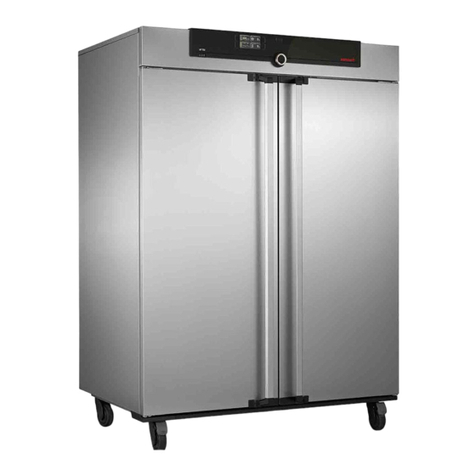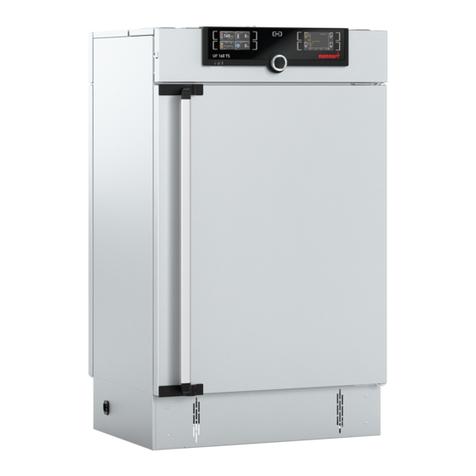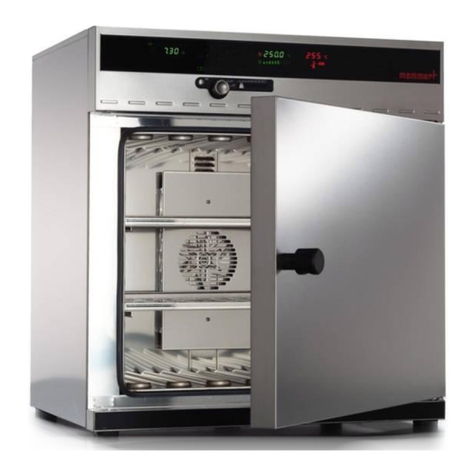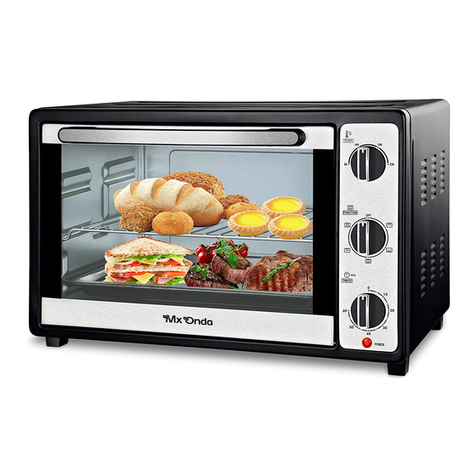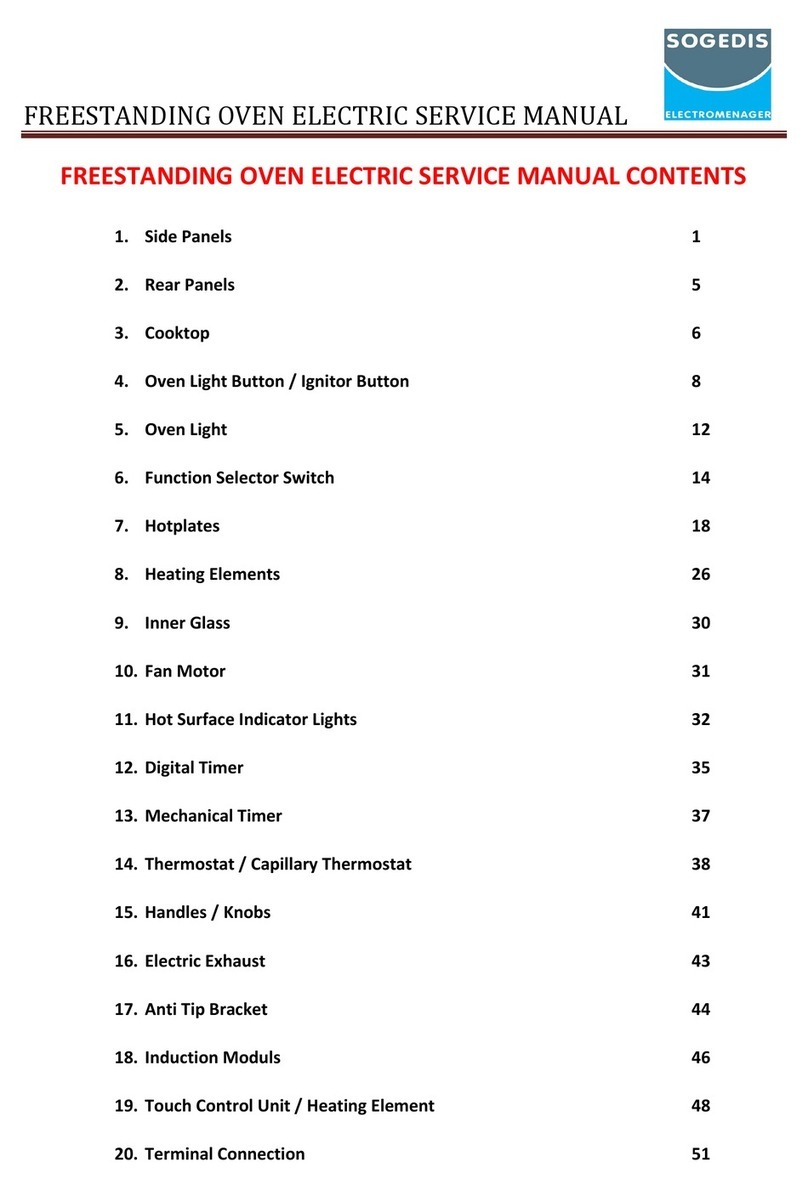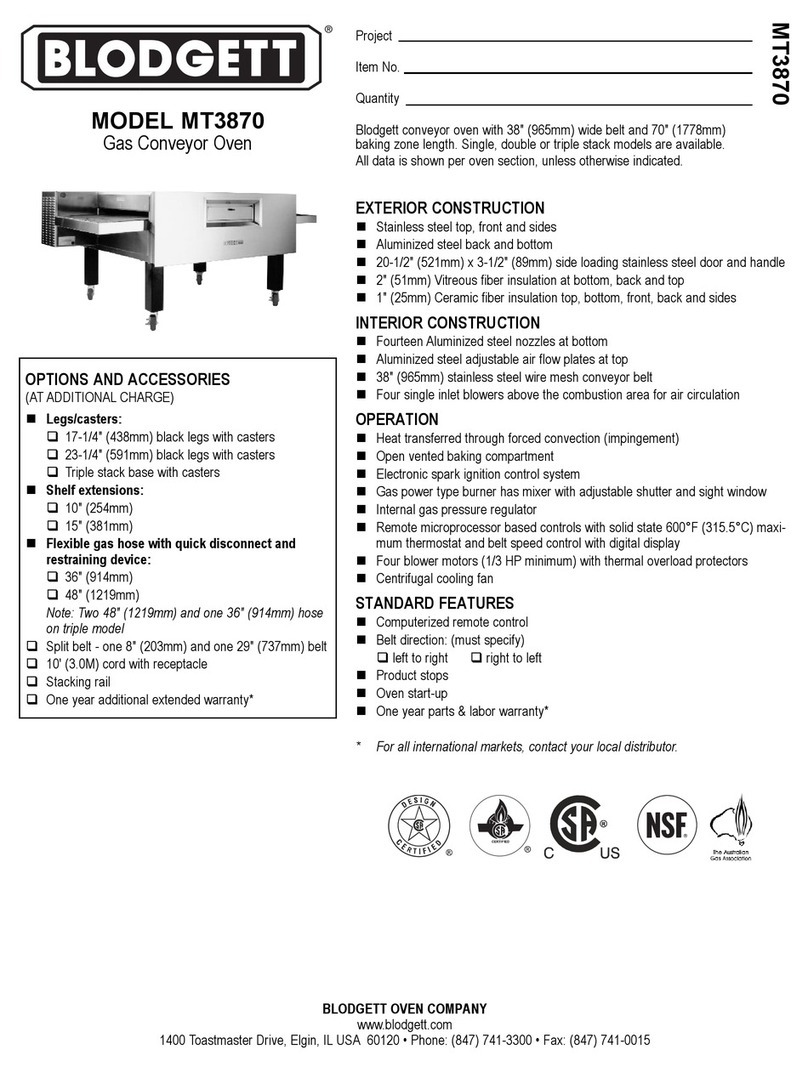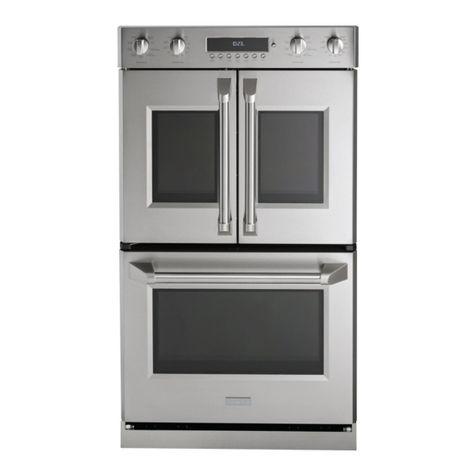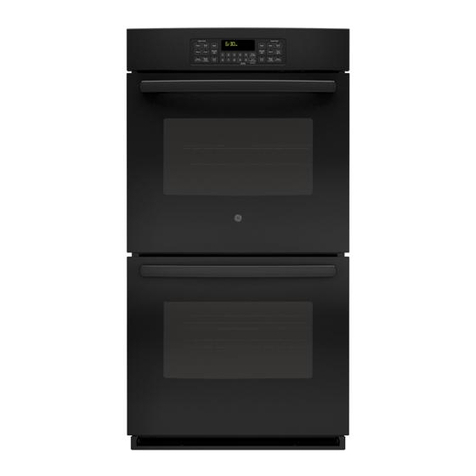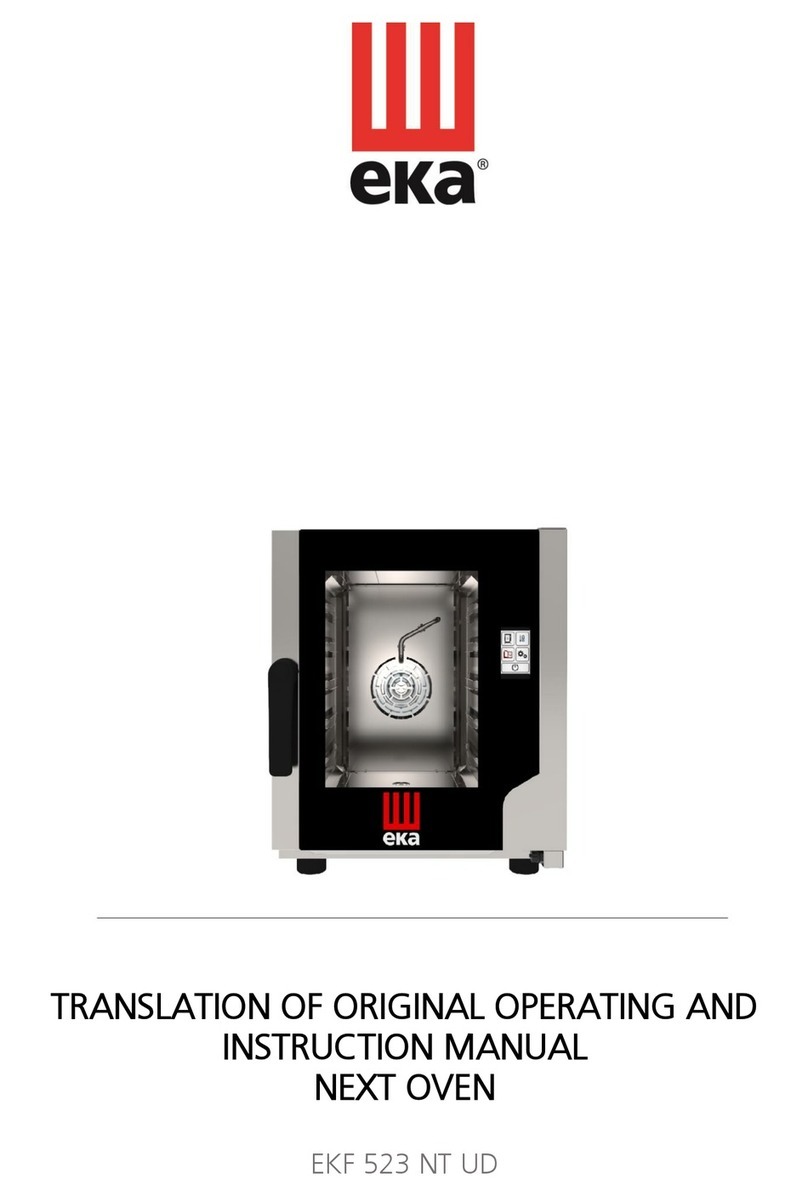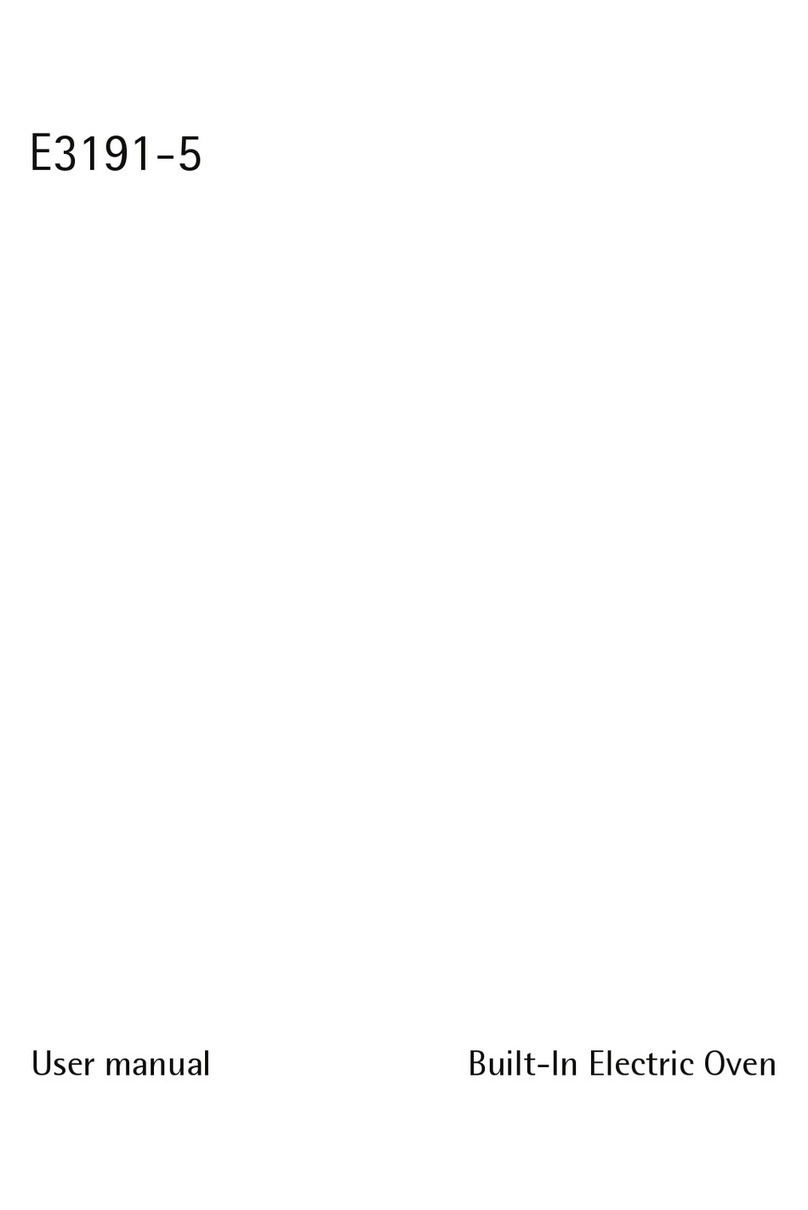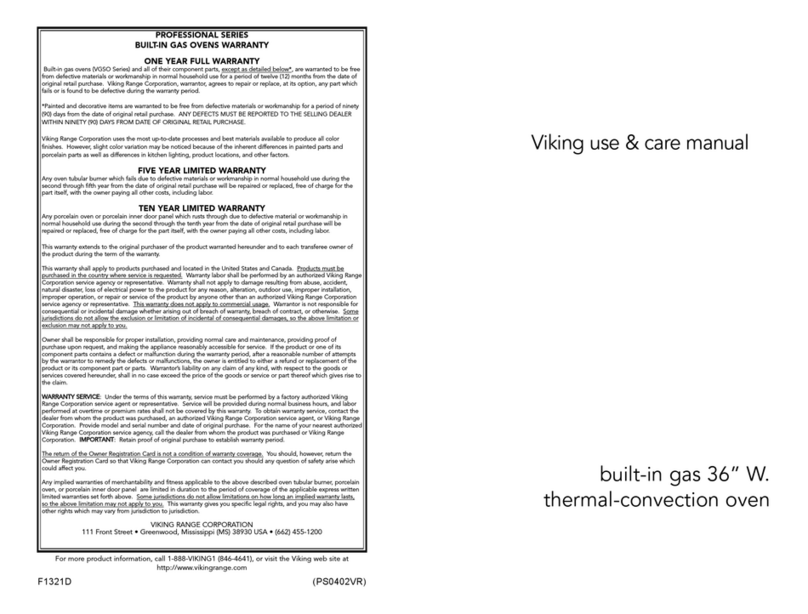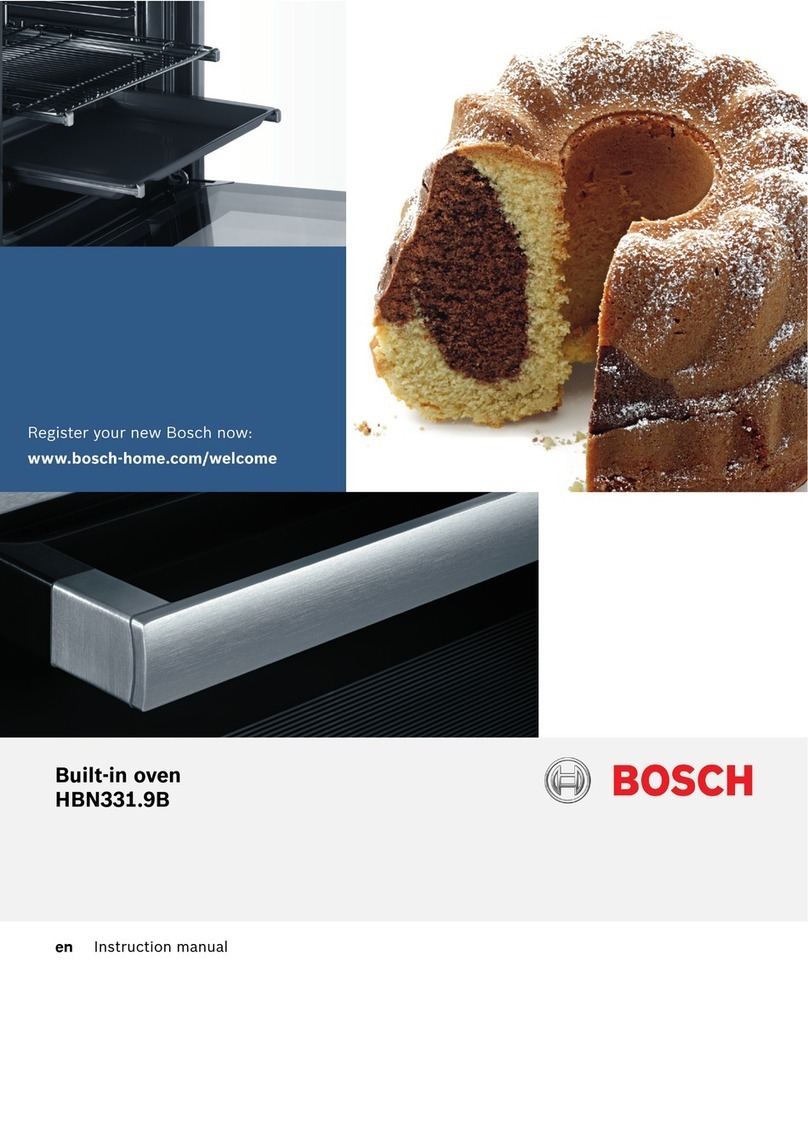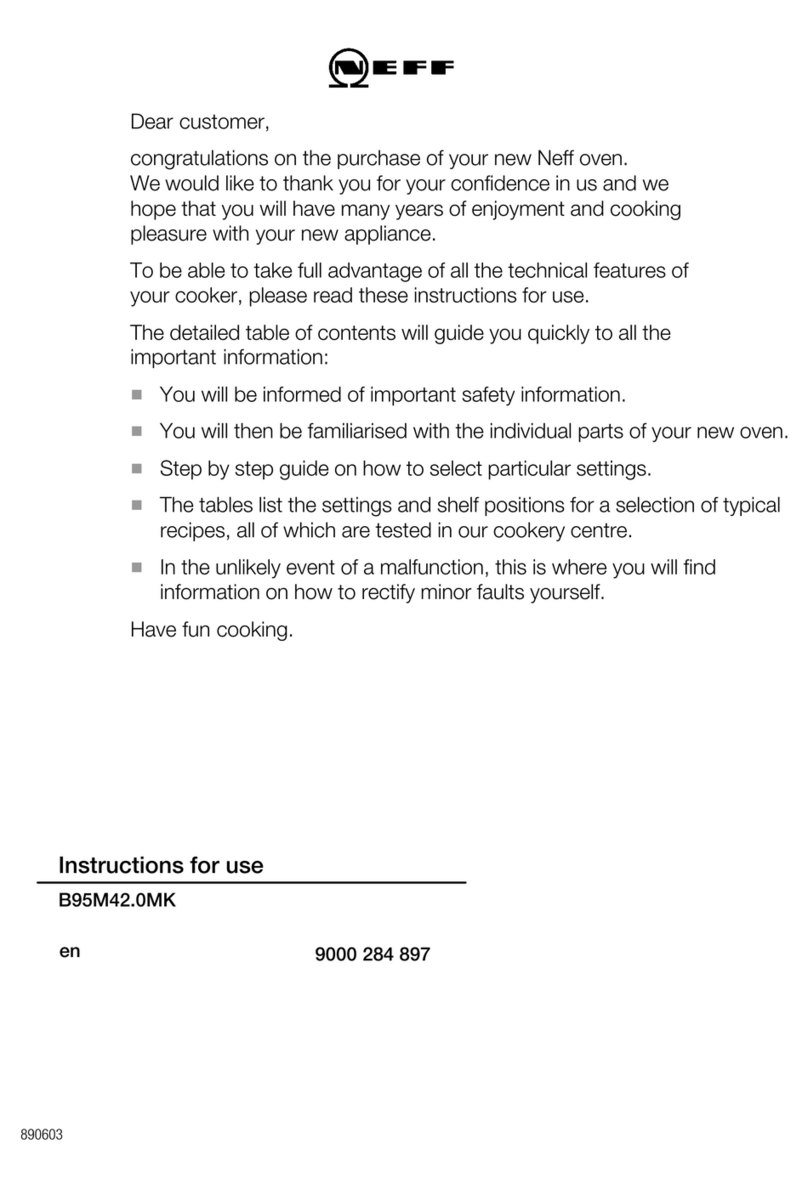
...........................................................................................................
........................................................................................................................
.........................................................................................................................
1.2 Product safety and dangers
................................................................................................
1.3 Requirements of the operating personnel
..........................................................................
1.4 Responsibility of the owner
.................................................................................................
1.4 Responsibility of the owner.................................................................................................1.4 Responsibility of the owner
........................................................................................................................
1.5 Intended use........................................................................................................................1.5 Intended use
1.6 Changes and alterations
......................................................................................................
1.7 Behaviour in case of malfunctions and irregularities
..........................................................
1.8 Switching off the appliance in an emergency
....................................................................
1.8 Switching off the appliance in an emergency ....................................................................1.8 Switching off the appliance in an emergency
2. Construction and description 10
......................................................................................................................
.............................................................................................................................
..............................................................................................................................
..........................................................................................................
2.5 Connections and interfaces
...............................................................................................
2.5.1 Electrical connection
.......................................................................................................
2.5.2 Communication interface
...............................................................................................
2.5.2 Communication interface ...............................................................................................2.5.2 Communication interface
2.6 Designation (nameplate)
...................................................................................................
....................................................................................................................
2.8 Applied directives and standards
......................................................................................
2.9 Declaration of conformity
.................................................................................................
2.9 Declaration of conformity .................................................................................................2.9 Declaration of conformity
...........................................................................................................
...............................................................................................................
2.11 Scope of delivery ...............................................................................................................2.11 Scope of delivery
2.12 Optional accessories
..........................................................................................................
3. Delivery, transport and setting up 16
...................................................................................................................
3.1 For your Safety...................................................................................................................3.1 For your Safety
..............................................................................................................................
3.2 Delivery ..............................................................................................................................3.2 Delivery
............................................................................................................................
.........................................................................................................................
3.4.1 Checking for completeness and transport damage
.......................................................
3.4.1 Checking for completeness and transport damage .......................................................3.4.1 Checking for completeness and transport damage
3.4.2 Disposing of packaging material
....................................................................................
3.5 Storage after delivery
........................................................................................................
3.5 Storage after delivery ........................................................................................................3.5 Storage after delivery
..........................................................................................................................
....................................................................................................................
3.6.2 Installation options
.........................................................................................................
..................................................................................................................
4. Putting into operation 21
4.1 Connecting the appliance
.................................................................................................
4.1 Connecting the appliance .................................................................................................4.1 Connecting the appliance
......................................................................................................................
5. Operation and control 22
..........................................................................................................
..............................................................................................................
5.2 Opening the door..............................................................................................................5.2 Opening the door
5.3 Loading the appliance
.......................................................................................................
5.3 Loading the appliance.......................................................................................................5.3 Loading the appliance
